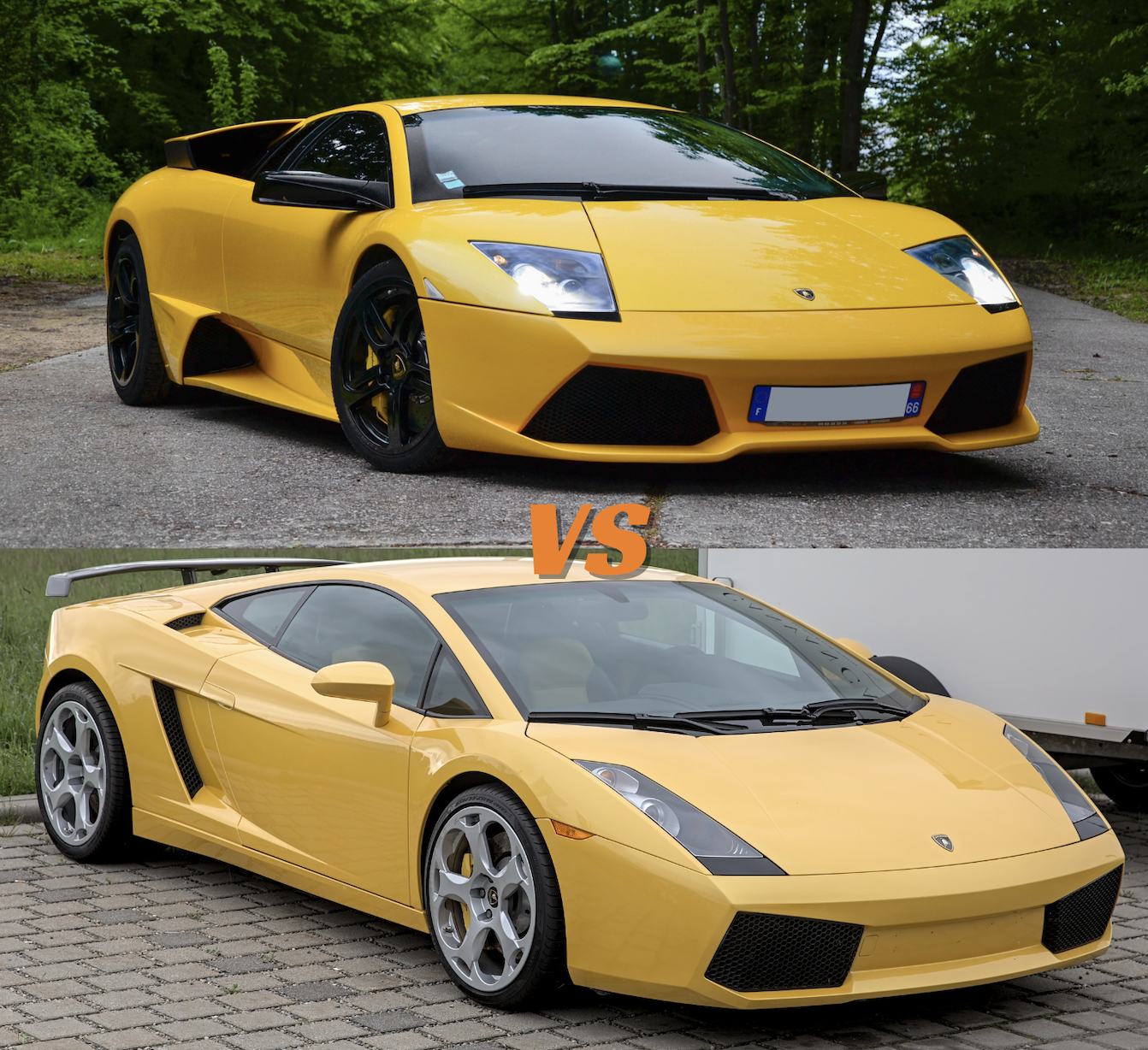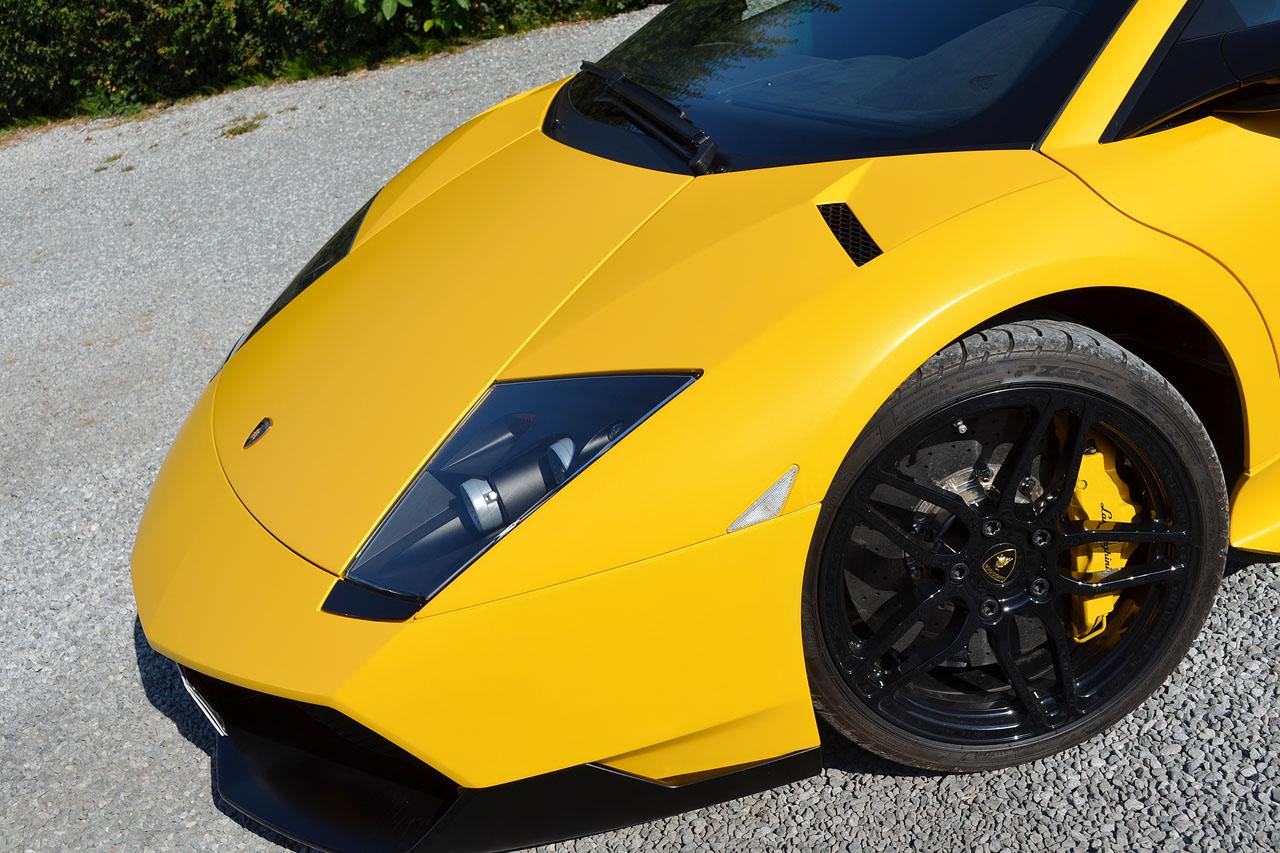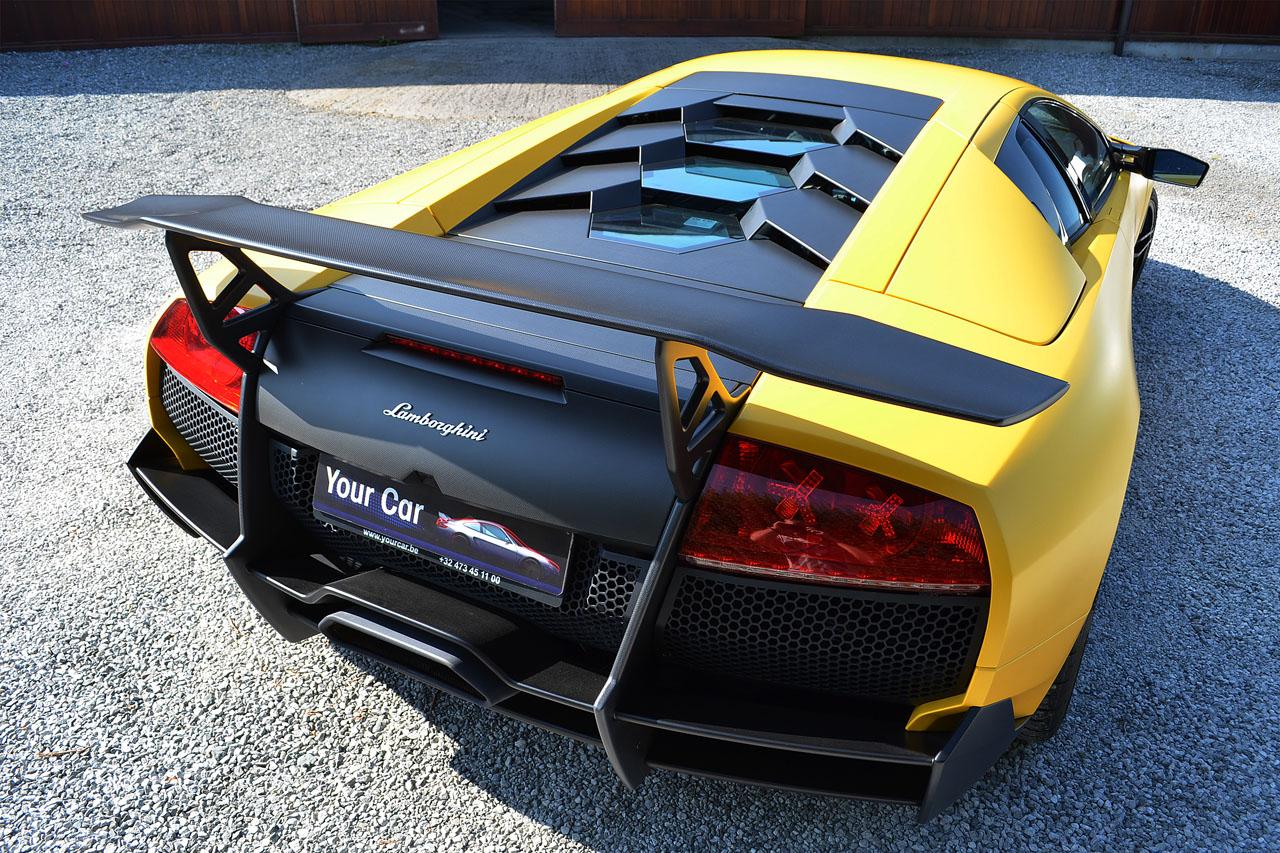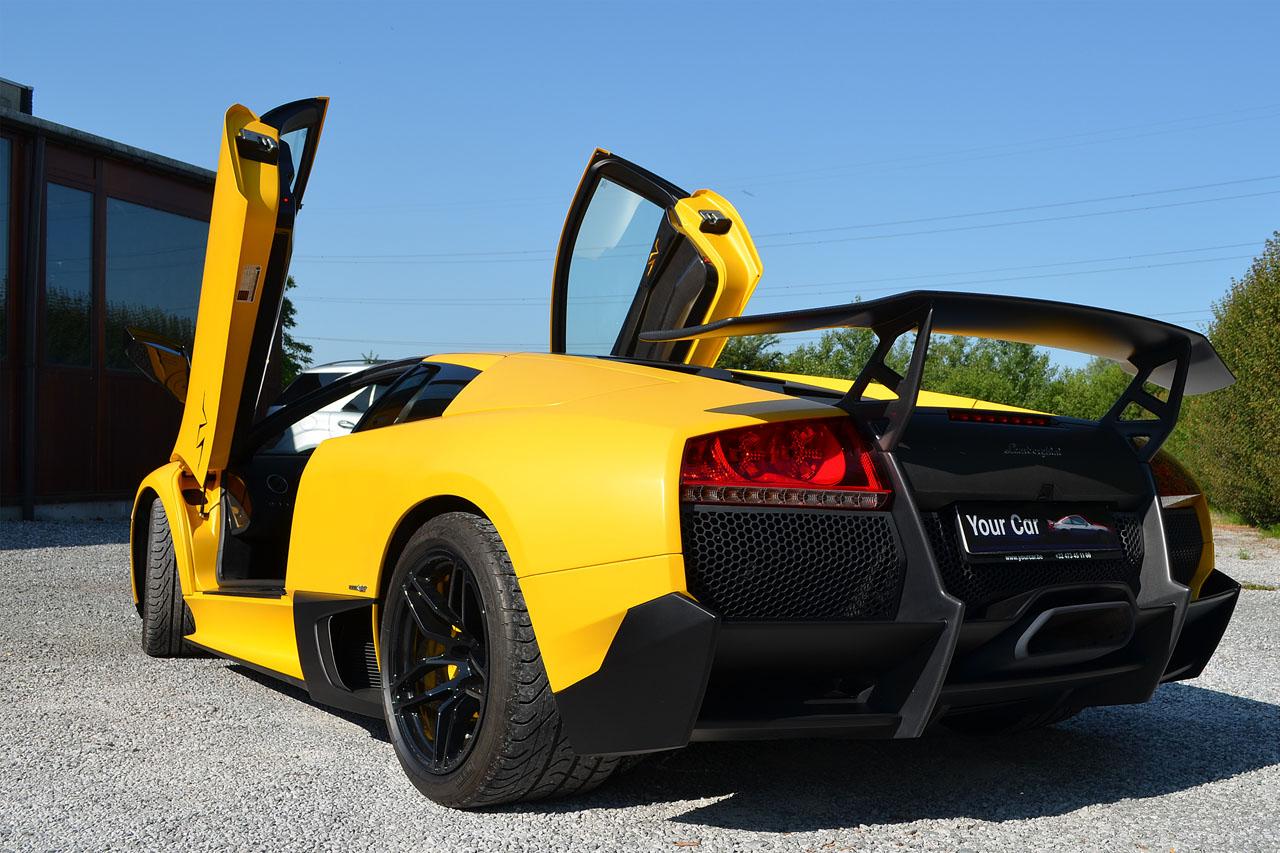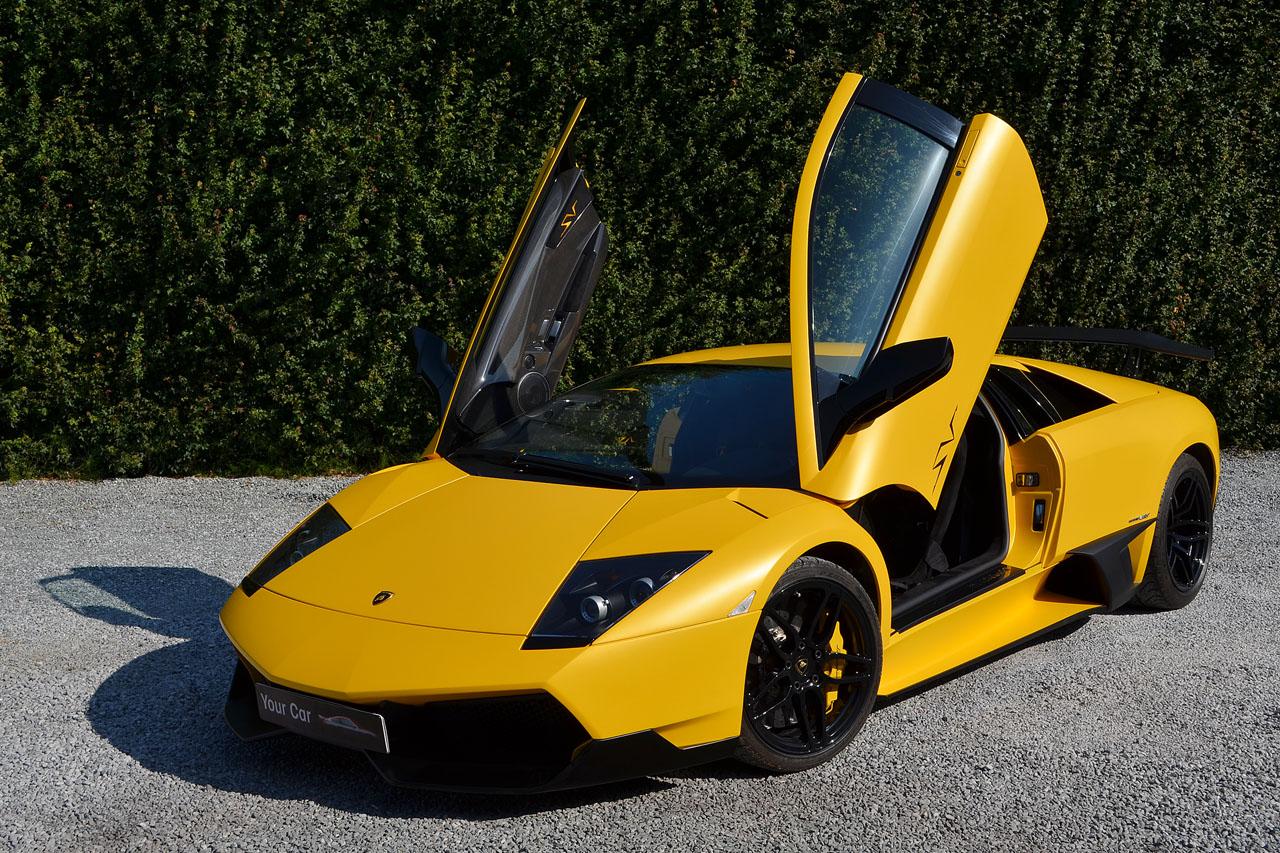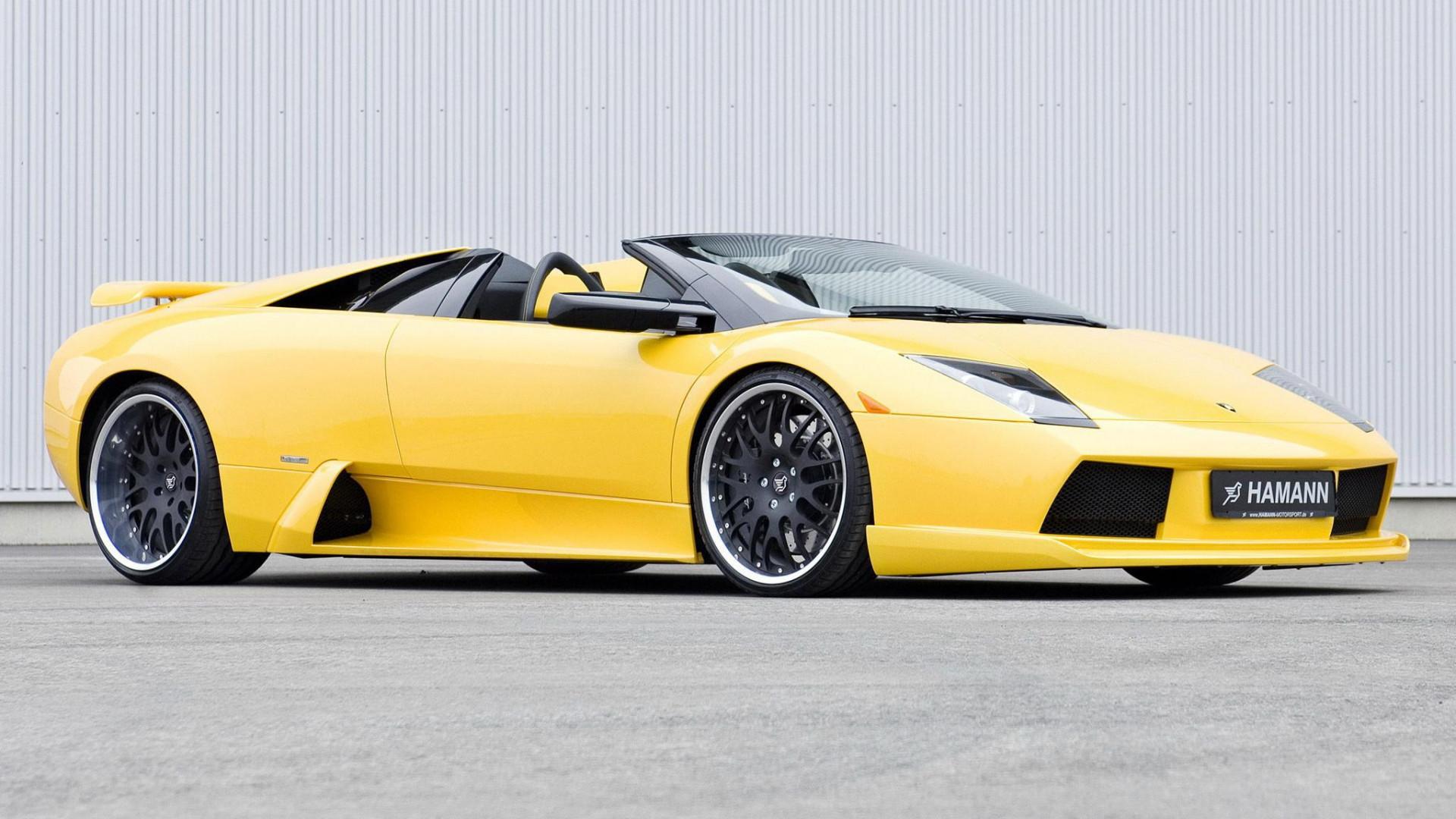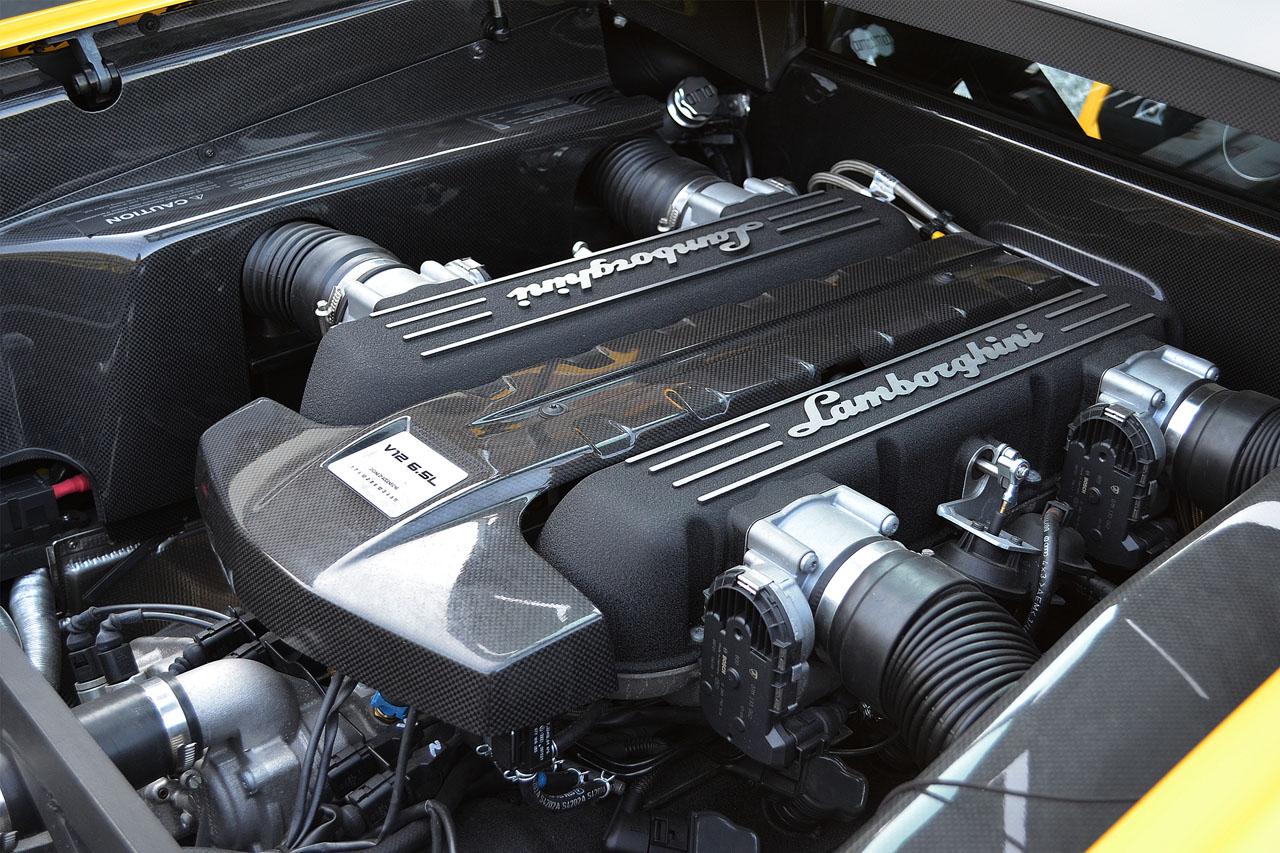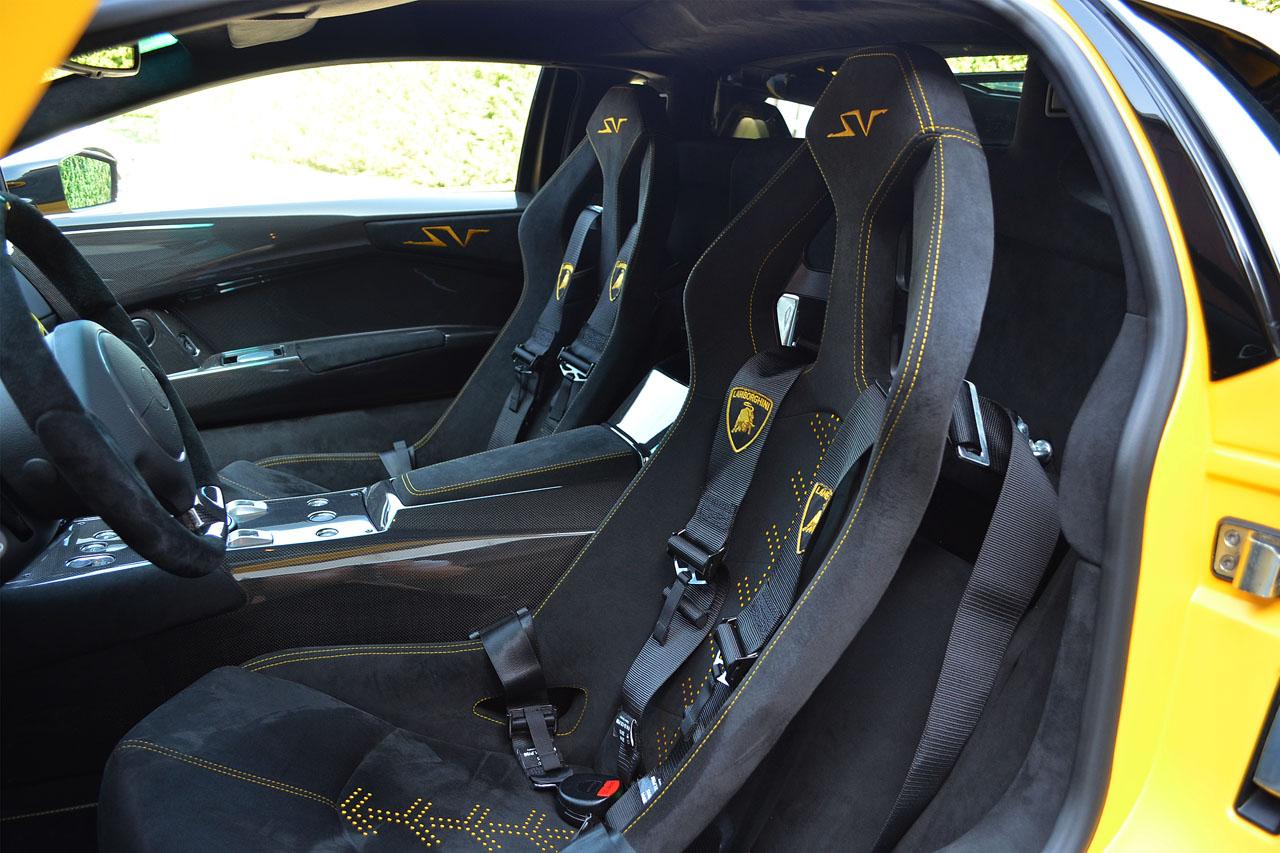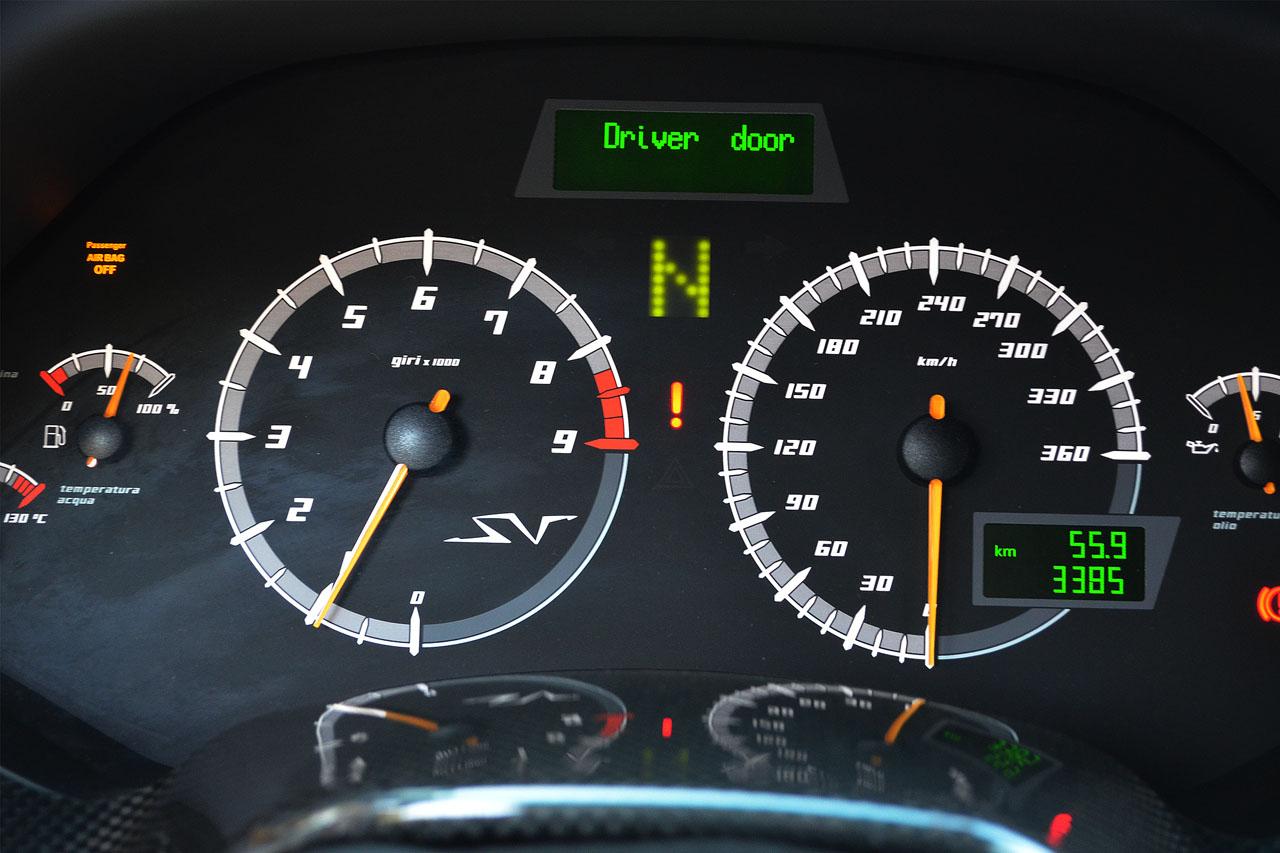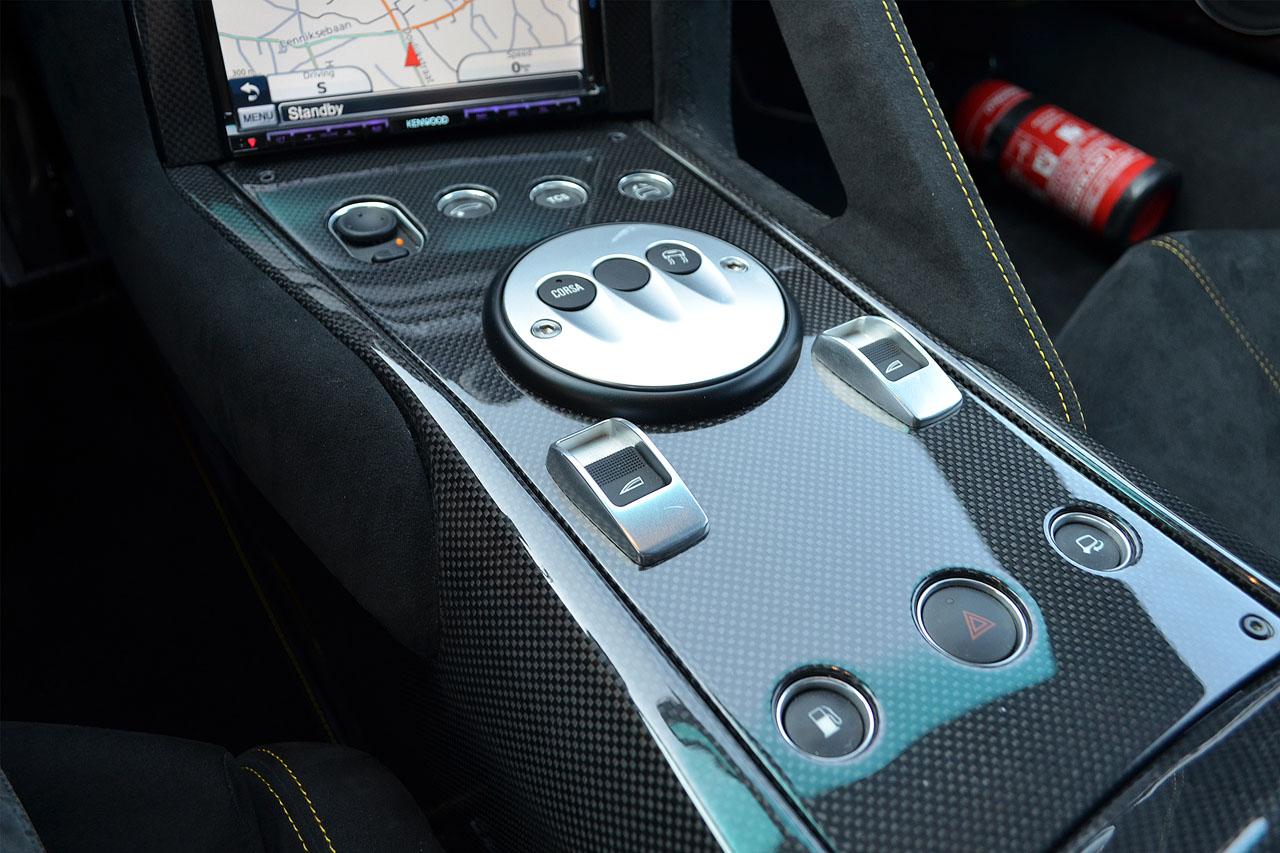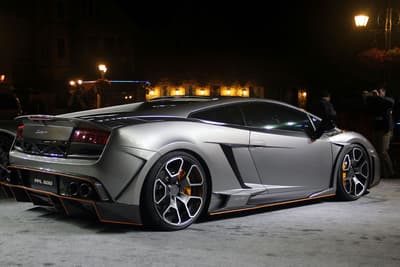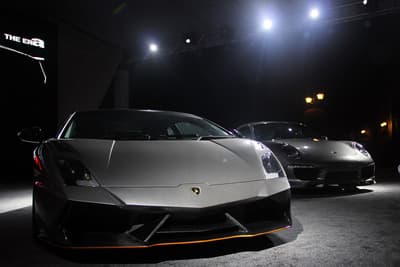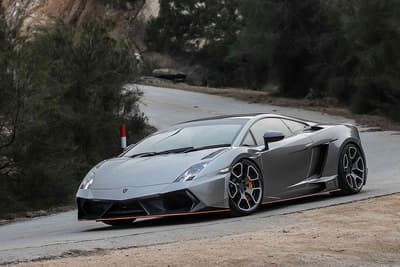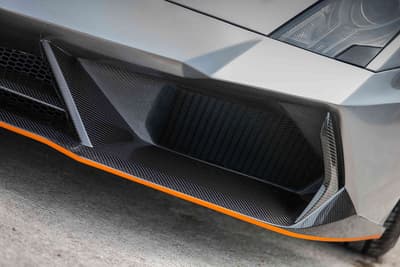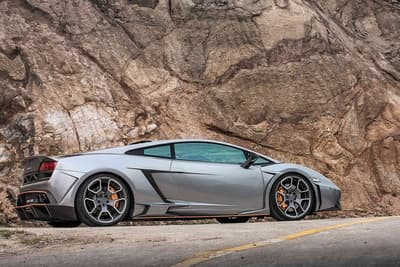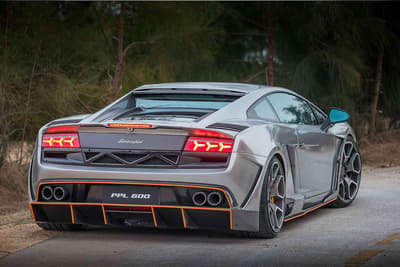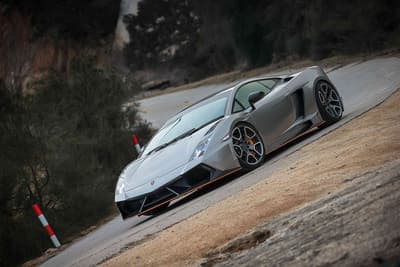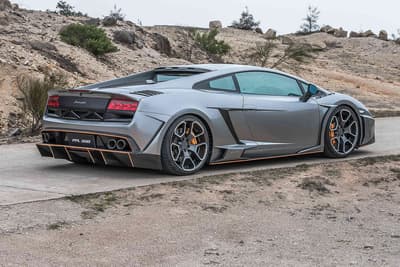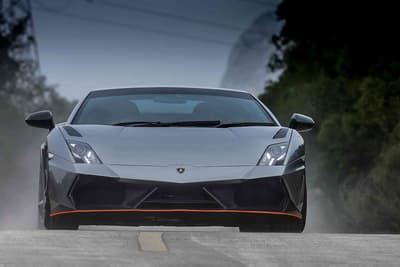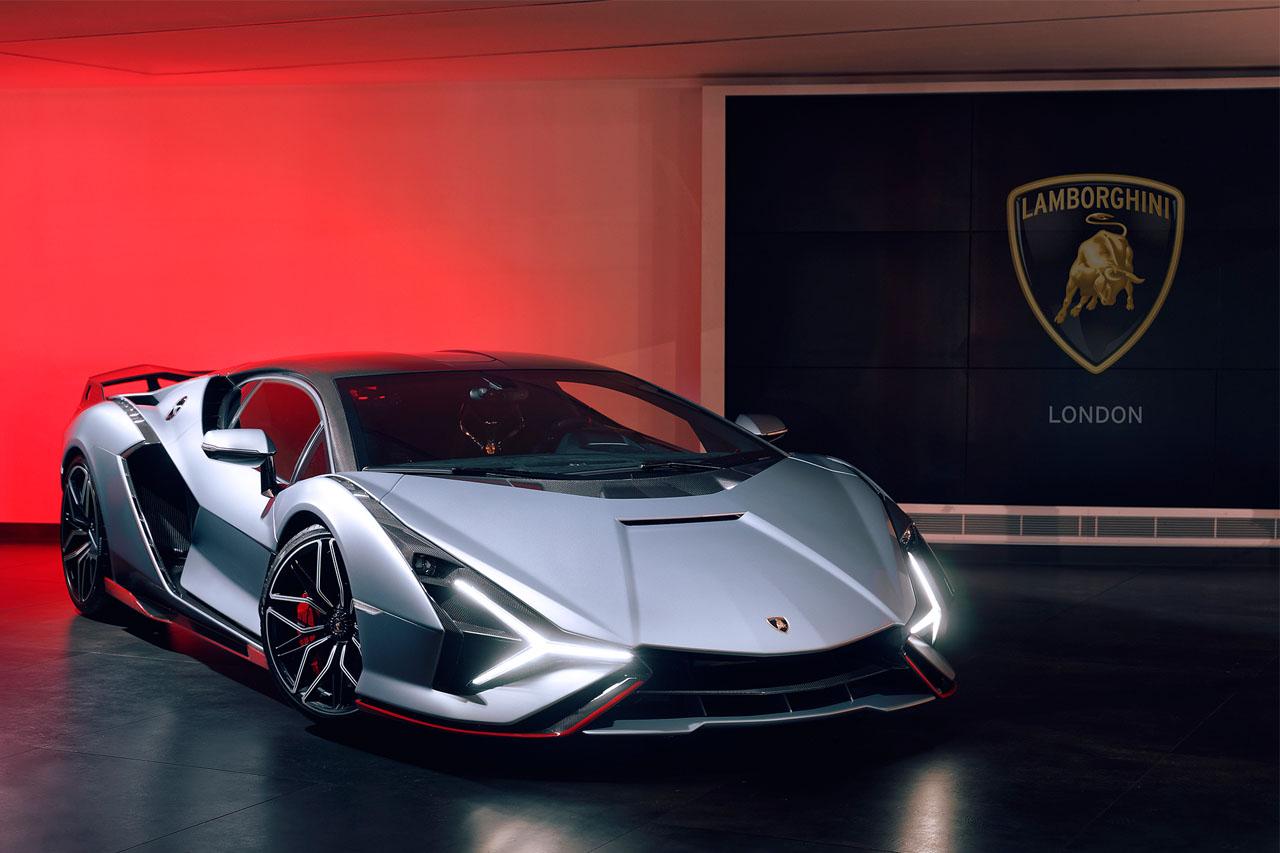The Lamborghini Murcielago and Gallardo are two of the most renowned models produced by the iconic Italian automaker Lamborghini, each with its distinct characteristics and appeal. This article aims to elucidate the differences between these two models, providing insights for enthusiasts and potential buyers.
History of Lamborghini Murcielago and Gallardo
Lamborghini Murcielago
- Introduced in 2001 as a successor to the Diablo, the Murcielago marked Lamborghini’s first new design in over a decade and the first under the ownership of Audi. Its production spanned from 2001 to 2010. The original Murcielago, produced until 2006, featured a 6.2-liter V12 engine with 572 horsepower.
- In 2004, Lamborghini launched the Murcielago Roadster, introducing a convertible variant to the lineup. The model underwent a significant update in 2006 with the LP 640, which boasted a 6.5-liter engine and an output of 640 horsepower, available in both coupe and roadster forms.
- The same year saw the release of the limited edition LP 640 Versace, featuring a unique Versace leather interior and branding.
- In 2009, Lamborghini introduced the LP 650-4 Roadster, a limited edition with an increased power output of 650 horsepower, and the LP 670-4 SuperVeloce, a high-performance variant with 670 horsepower and a 100 kg weight reduction, limited to just 186 units.
Lamborghini Gallardo
- The Gallardo, launched in 2003 as Lamborghini’s entry-level model, remained in production until 2013. The original Gallardo, produced until 2008, was equipped with a 5.0-liter V10 engine, delivering 493 horsepower.
- The convertible version, the Gallardo Spyder, was introduced in 2005.
- In 2007, the Gallardo Superleggera was released, a lighter and more powerful version with 530 horsepower. The model saw another update in 2008 with the LP 560-4, featuring a new 5.2-liter V10 engine with 560 horsepower, improved aerodynamics, and suspension.
- The LP 550-2 Valentino Balboni, a 2009 limited edition named after Lamborghini’s renowned test driver, offered a rear-wheel-drive experience with 550 horsepower. This was followed by the LP 570-4 Superleggera in 2010, an updated Superleggera variant with 570 horsepower, and its convertible counterpart, the LP 570-4 Spyder Performante, in 2011.
- In 2012, the Gallardo LP 560-4 Facelift brought a refreshed design and updated technology. The final edition, the LP 570-4 Squadra Corse of 2013, was based on the Superleggera and designed primarily for track use.
Price
The Lamborghini Murcielago LP640 was priced at an MSRP of $354,000. This model represented a significant upgrade over the original Murcielago, offering enhanced performance and luxury features. The even more exclusive Murcielago LP670-4 SuperVeloce (SV), known for its increased power and reduced weight, commanded an MSRP of $450,000, showcasing its status as a high-performance, limited edition variant. Additionally, the Murcielago LP670-4 LP640 had an MSRP of $382,400, balancing the power and prestige of the Murcielago line.
In contrast, the Lamborghini Gallardo variants were more accessible, though still in the higher echelons of the sports car market. The Gallardo LP550-2, known for its rear-wheel drive setup, was priced at $181,900, offering a more traditional sports car experience. The Gallardo LP560-4, with its all-wheel drive and improved engine, had an MSRP of $202,000. The Gallardo LP570-4 Superleggera, a lighter and more powerful version, was set at $241,200. Finally, the Gallardo LP570-4 Squadra Corse, which took inspiration from Lamborghini’s racing heritage, had an MSRP of $259,100, reflecting its track-focused capabilities and exclusivity.
Lamborghini Murcielago vs Gallardo: Speed and Performance
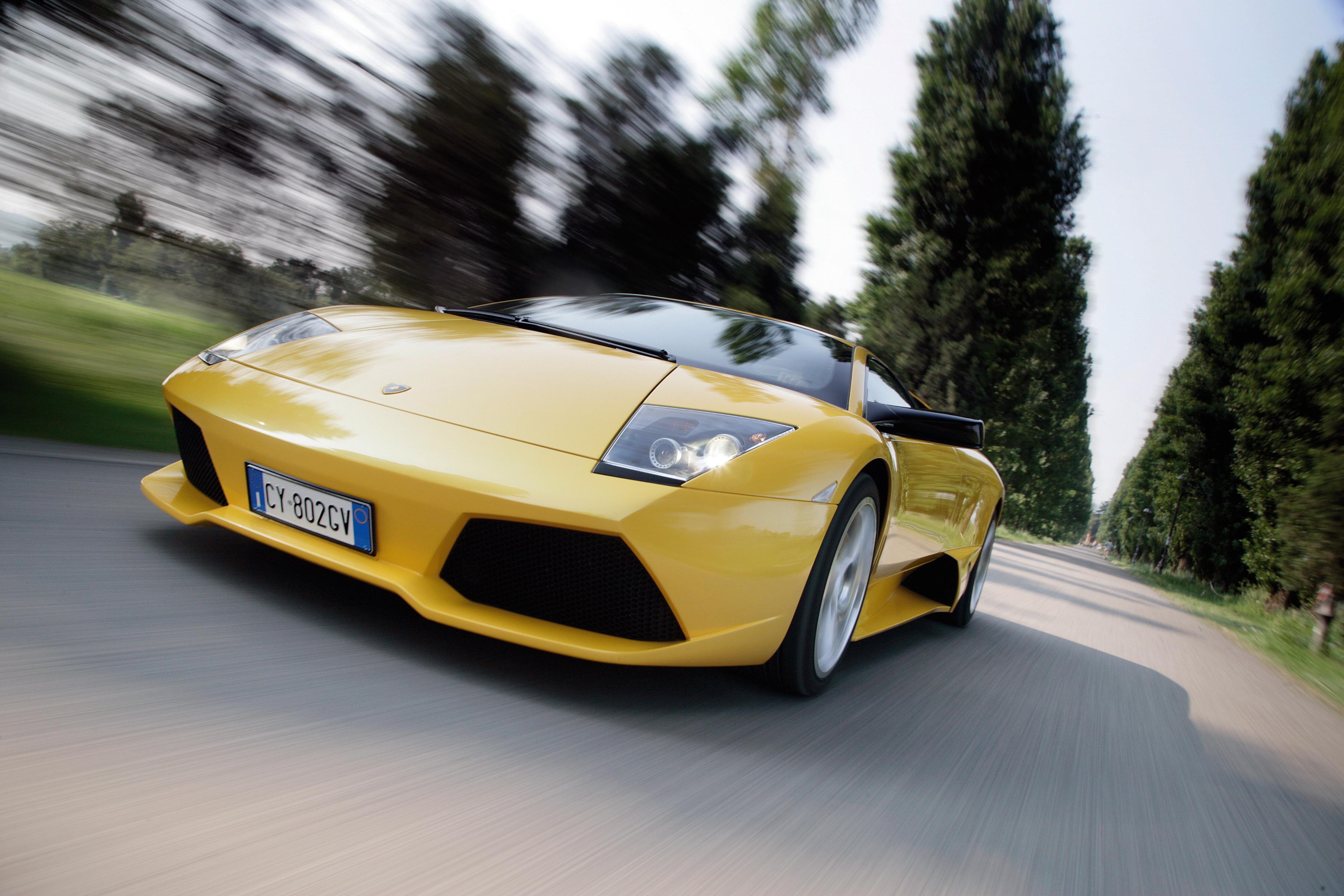
The Lamborghini Murcielago boasts a robust 6.5-liter V12 engine, particularly in its LP640 and LP670-4 SV variants. The LP640 delivers 640 horsepower and around 487 lb-ft of torque, while the LP670-4 SuperVeloce ramps this up to 670 horsepower, offering more aggressive torque.
The V12 powertrain allow the Murcielago to achieve 0-60 mph acceleration in roughly 3.2 seconds for the LP640 and even faster for the LP670-4 SV, with quarter-mile times dipping into the low 11-second range. The top speed is a staggering 213 mph for the LP670-4 SV, making it one of the fastest production cars of its time.
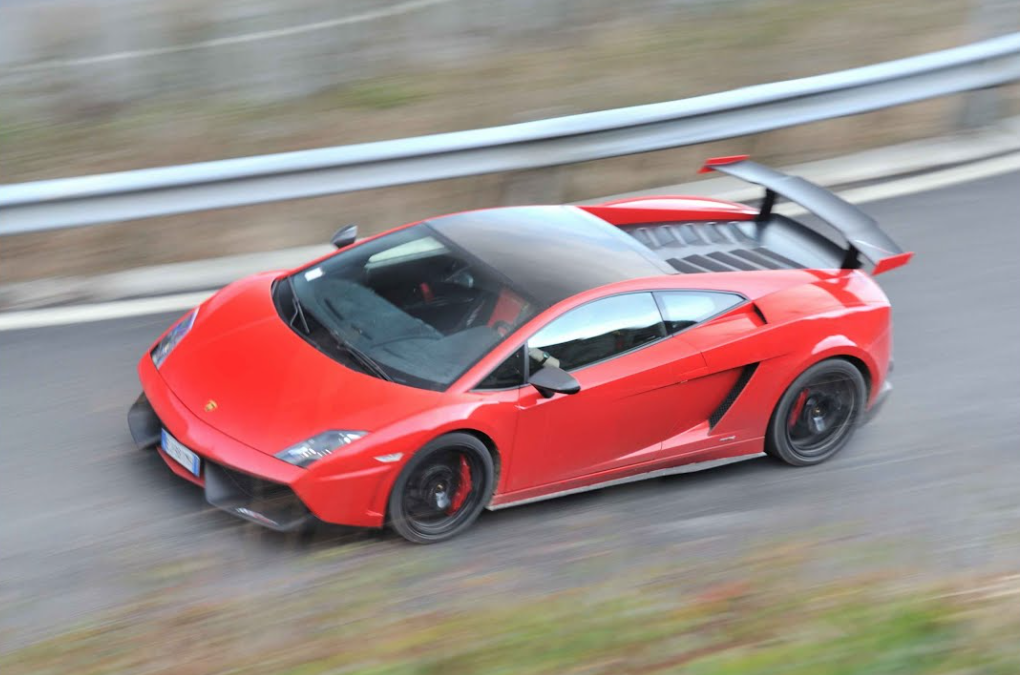
In comparison, the Lamborghini Gallardo features a slightly smaller but still potent 5.2-liter V10 engine. Models like the LP550-2, LP560-4, and the LP570-4 Superleggera offer horsepower ranging from 550 in the LP550-2 to 570 in the LP570-4 Superleggera, with corresponding increases in torque.
The Gallardo’s acceleration is impressive, with the LP560-4 hitting 0-60 mph in about 3.7 seconds and the LP570-4 Superleggera shaving that down to around 3.4 seconds. The Gallardo models have top speeds varying from 202 mph in the LP560-4 to approximately 204 mph in the LP570-4 Superleggera.
Drivetrain and Transmission
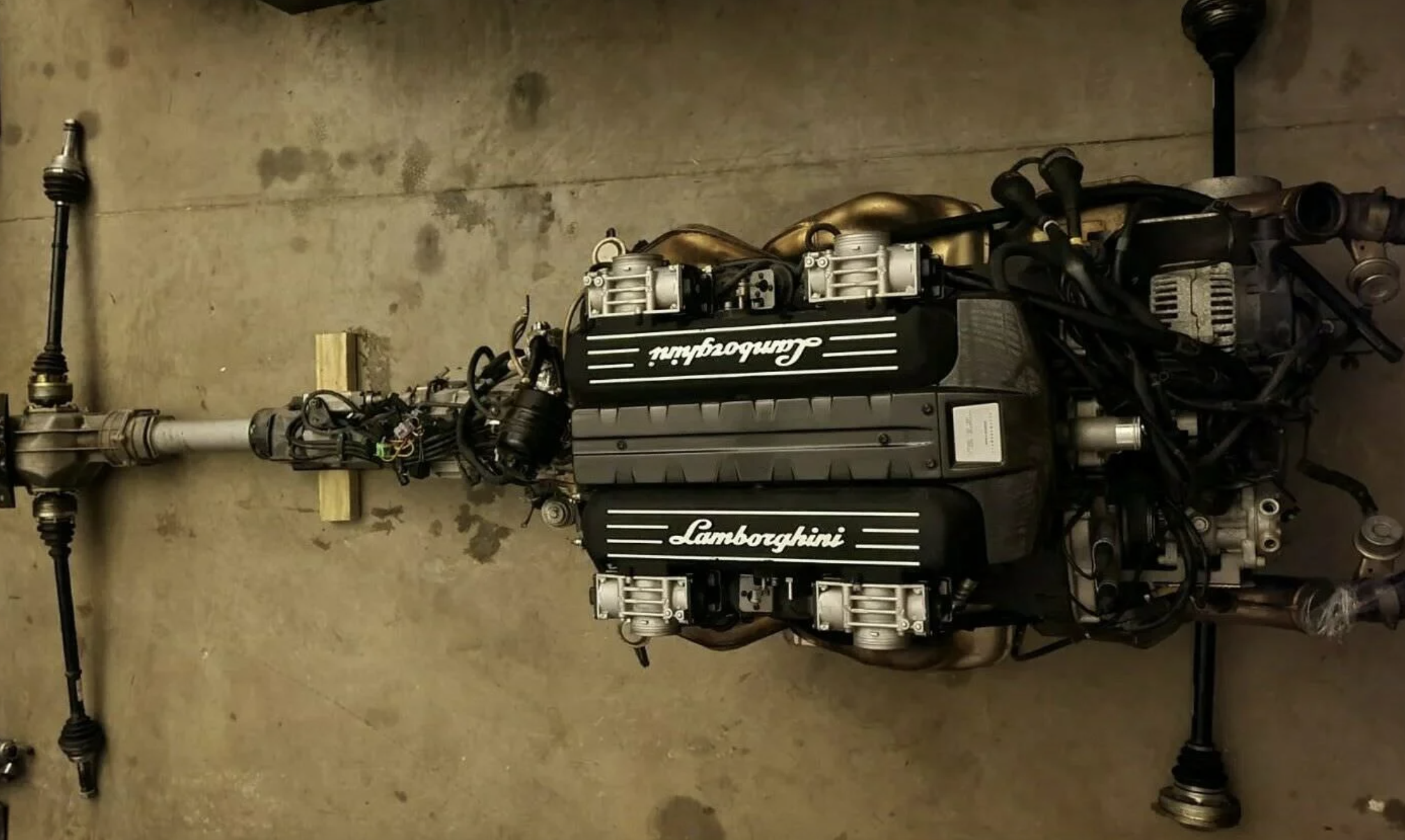
The Lamborghini Murcielago predominantly features an all-wheel-drive (AWD) system, a characteristic that contributes to its exceptional handling and stability, especially under high-power and high-speed conditions. This AWD setup is a key aspect of the Murcielago’s performance capabilities, enabling it to effectively transmit its V12 power to the road.
Regarding transmission options, the Murcielago was available with both a traditional 6-speed manual and an e-gear automated manual transmission, the latter offering a more automated shifting experience without the need for a clutch pedal.
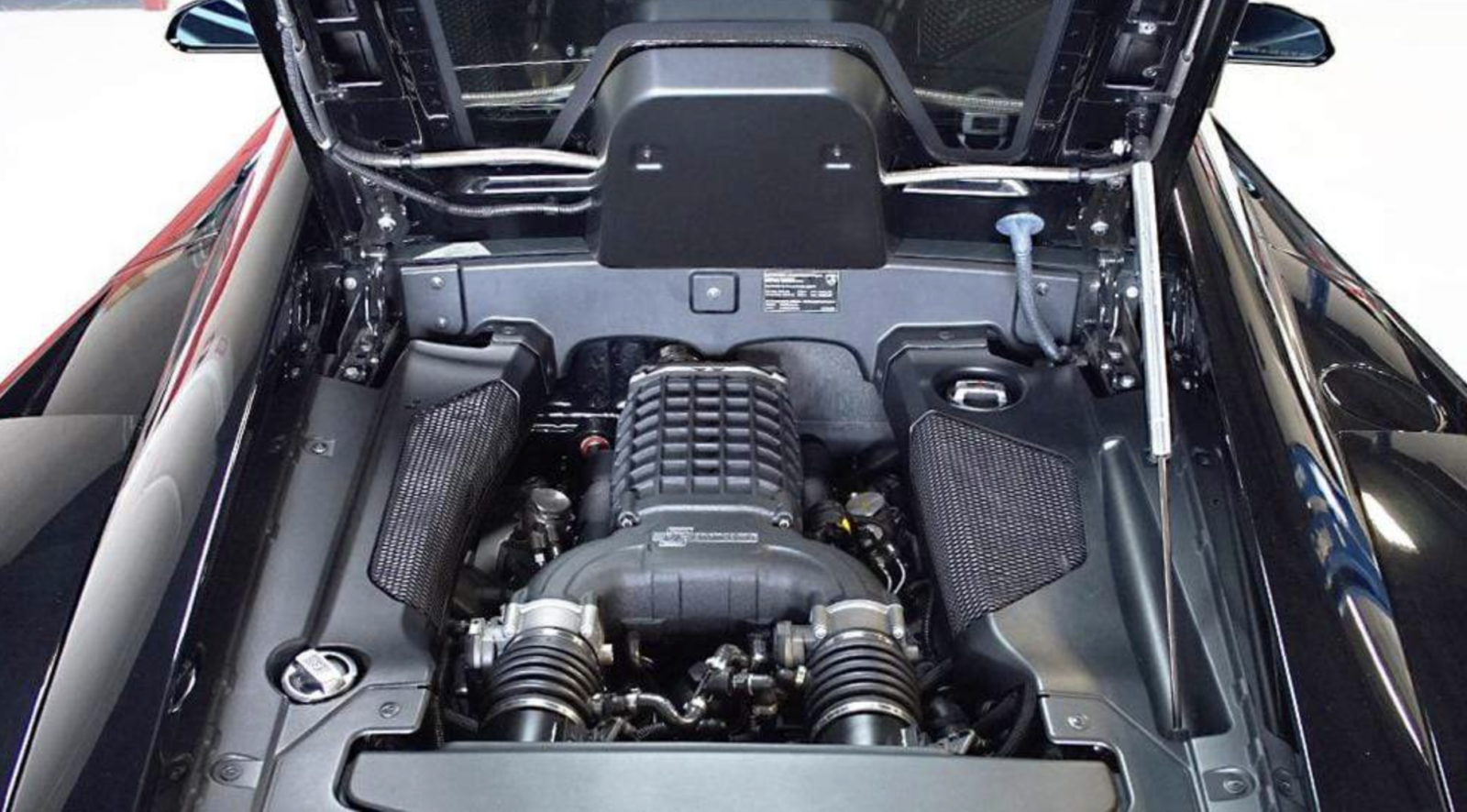
On the other hand, the Lamborghini Gallardo presents a more varied offering. While most Gallardo models, including the LP560-4 and LP570-4 Superleggera, come with an all-wheel-drive system, Lamborghini also offered the Gallardo LP550-2, which features a rear-wheel-drive (RWD) setup. This RWD variant appeals to driving purists who prefer the traditional sports car experience of rear-wheel drive. Like the Murcielago, the Gallardo was available with both a 6-speed manual transmission and an e-gear automated manual transmission, giving drivers the option to choose between a more engaging manual driving experience and the convenience of an automated system.
Fuel Efficiency
The Lamborghini Murcielago, with its larger and more powerful 6.5-liter V12 engine, unsurprisingly consumes more fuel. Its fuel economy is relatively lower, with earlier models averaging around 8 mpg in the city and 13 mpg on the highway. These figures slightly vary among different versions, but generally, the Murcielago is not known for its fuel efficiency.
In contrast, the Lamborghini Gallardo, equipped with a smaller 5.2-liter V10 engine, offers slightly better fuel efficiency. The Gallardo models, such as the LP550-2, LP560-4, and LP570-4 Superleggera, tend to average around 12 mpg in the city and 20 mpg on the highway, which, while still low compared to average cars, is a bit more economical compared to the Murcielago.
Both the Murcielago and Gallardo use premium unleaded petrol.
Lamborghini Murcielago vs Gallardo: Interior and Comfort
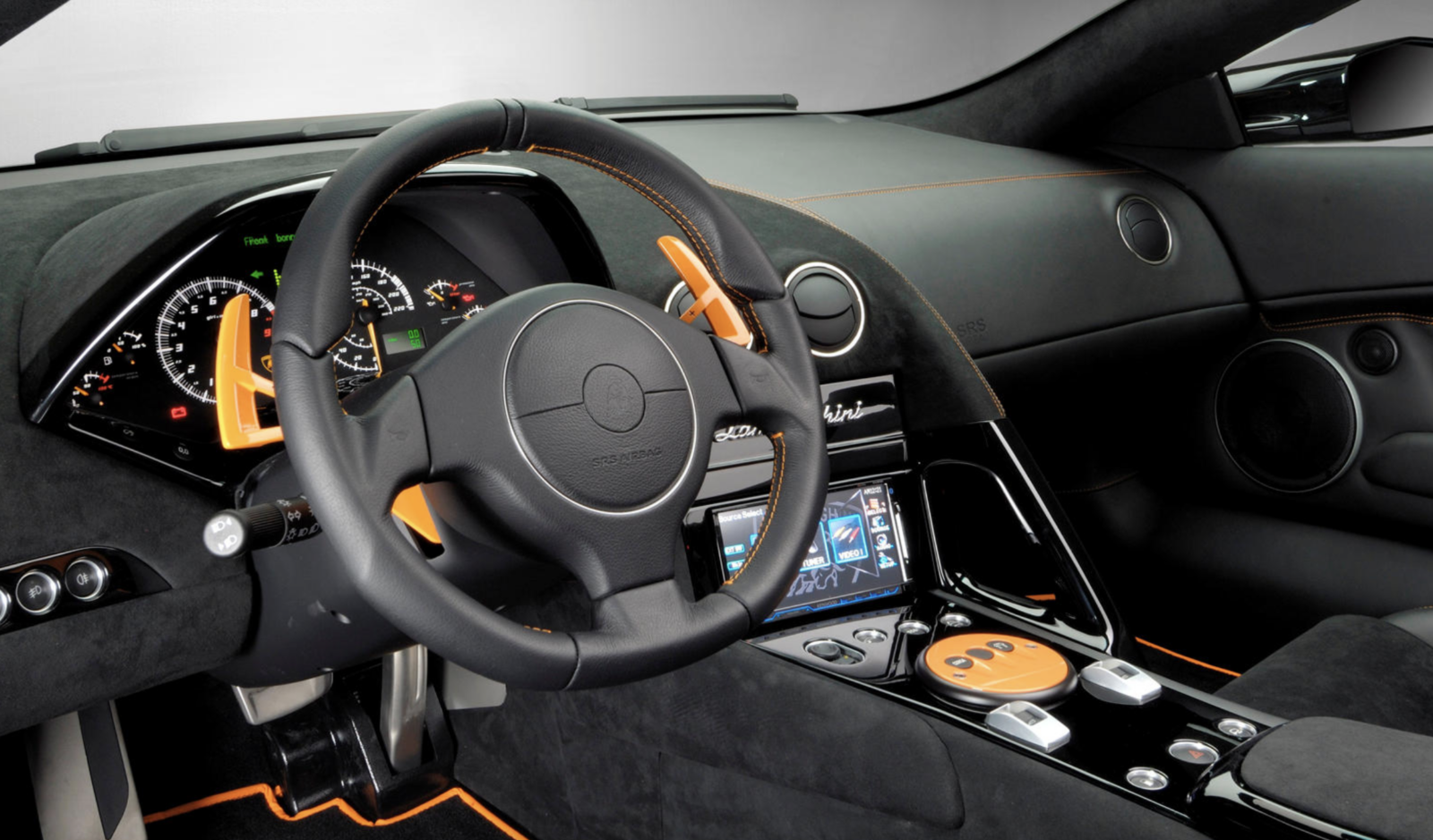
The Lamborghini Murcielago and Gallardo, while both epitomizing the luxury and sportiness of the Lamborghini brand, offer distinct experiences in terms of interior and comfort. The Murcielago, as the more premium model, features an interior replete with high-quality materials such as fine leather, Alcantara, and carbon fiber accents, ensuring a luxurious ambiance.
The seats are designed for comfort and support, especially during high-speed driving. The cabin, though spacious for a supercar, still prioritizes a sporty, cockpit-like feel.
In terms of infotainment, the Murcielago provides a relatively basic system by modern standards, focusing more on driving performance than technological amenities. Noise insulation is a balance between minimizing road noise and allowing the V12 engine’s roar to be an integral part of the driving experience.
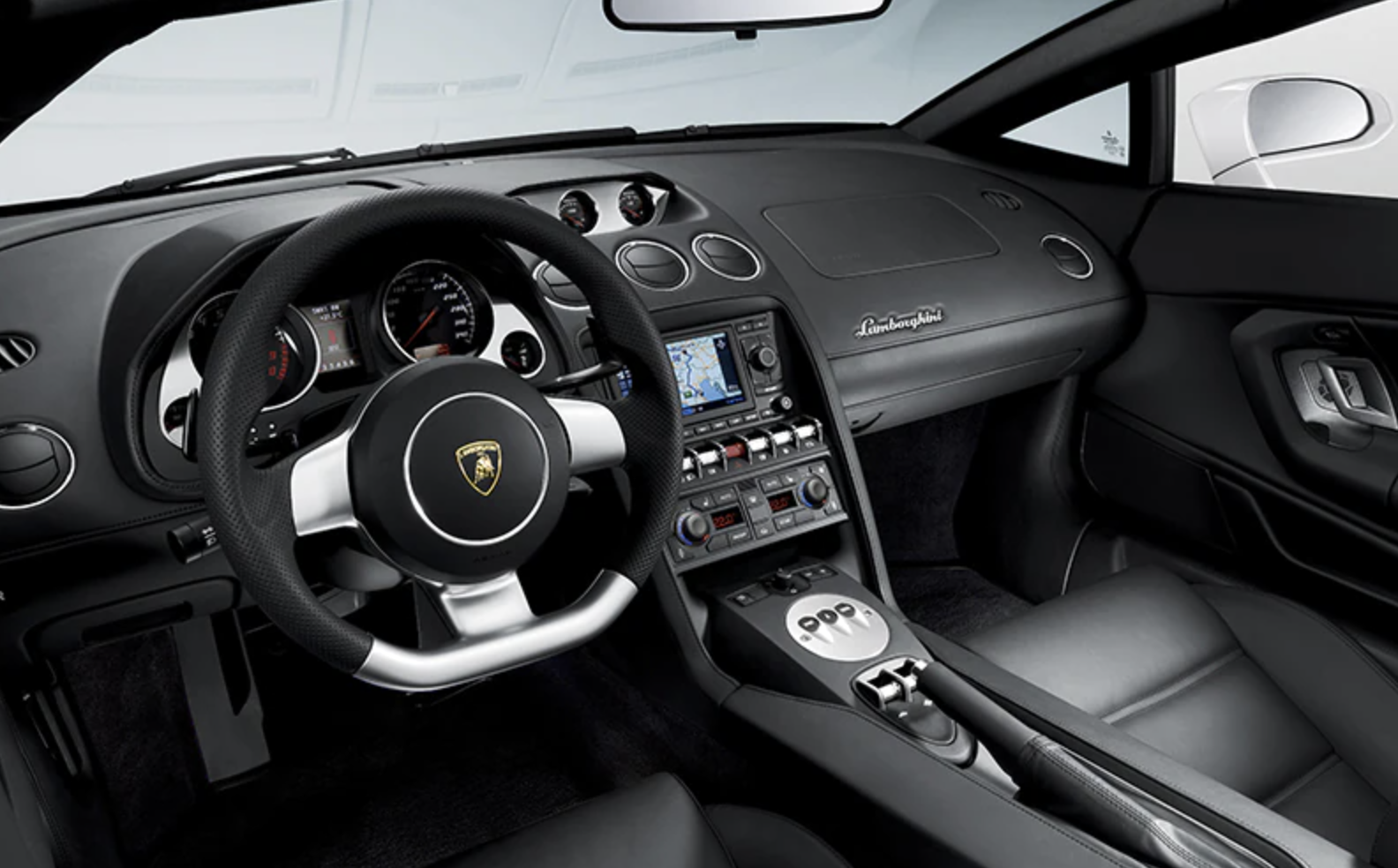
The Gallardo, while still luxurious, leans towards a more functional and driver-centric interior design. The use of quality materials is consistent, albeit with a slightly lesser emphasis on opulence compared to the Murcielago. The Gallardo’s seats are sporty yet comfortable, offering sufficient support for both spirited driving and longer journeys.
Despite being a compact supercar, it manages to provide adequate legroom and headroom, though space is understandably limited. Later models of the Gallardo saw improvements in the infotainment system, with more modern features and better connectivity options. Noise insulation in the Gallardo is effective, but like the Murcielago, it maintains a balance that allows drivers to enjoy the sound of the engine.
Exterior Design and Dimensions
The Lamborghini Murcielago and Gallardo are both embodiments of Lamborghini’s distinctive design language, yet they exhibit unique aesthetic and practical characteristics. The Murcielago, known for its bold and aggressive design, features the iconic Lamborghini scissor doors that add to its dramatic presence. Its larger dimensions, with a length of about 181 inches and a width of 81 inches, make it a more imposing figure on the road. The car’s low ground clearance and wide stance, while enhancing its sporty appeal, can pose challenges in terms of practicality, particularly in urban settings with speed bumps and tight parking spaces.
The Gallardo, on the other hand, presents a more compact and streamlined design. It measures around 172 inches in length and 75 inches in width, making it smaller and more nimble compared to the Murcielago. Without the scissor doors, the Gallardo offers a slightly more conventional approach to ingress and egress, which some drivers may find more practical. Its design, while still unmistakably Lamborghini, is more understated, offering a blend of sharp angles and smooth lines. The Gallardo’s size and slightly higher ground clearance compared to the Murcielago make it marginally more practical for everyday use, especially in terms of maneuvering in tight spaces and dealing with varied road conditions.
Lamborghini Murcielago vs Gallardo: Technology and Features
In the realm of technology and features, the Lamborghini Murcielago and Gallardo reflect the era in which they were produced, with notable differences in their technological offerings. The Murcielago, being the older of the two, has a more basic approach to technology. Its infotainment system, typical of supercars from the early 2000s, focuses primarily on the essentials. Features like Bluetooth connectivity are present, but the system lacks modern integrations such as Apple CarPlay or Android Auto. The Murcielago does not offer advanced features like a heads-up display or wireless charging, staying true to its focus on performance and driving experience. Its navigation system is functional, though not as advanced as contemporary systems, and the audio quality is respectable, providing a decent listening experience without overshadowing the car’s engine note.
The Gallardo, especially in its later models, shows a progression in terms of in-car technology. The infotainment system in the Gallardo is more advanced compared to the Murcielago, with improved navigation and audio system quality. While still not at par with the latest luxury vehicles, the Gallardo’s later versions offer better connectivity options, including upgraded Bluetooth support. However, like the Murcielago, it does not typically feature the latest tech amenities like Apple CarPlay, Android Auto, heads-up display, or wireless charging, as these technologies became mainstream after the Gallardo’s production ended.
Reliability and Warranty
The Lamborghini Murcielago and Gallardo, like many high-performance supercars, have a niche market, and as such, detailed reliability data similar to mass-market vehicles is less prevalent. Historically, both models are known for their robust engines and build quality. However, being complex machines with high-performance components, they can be prone to expensive maintenance and repairs. Enthusiasts often regard the Gallardo as slightly more reliable due to its simpler and less aggressive setup compared to the Murcielago.
When new, Lamborghinis typically came with a standard 3-year warranty without a mileage limit. This warranty covered most parts and labor for repairs due to manufacturing defects. However, given the age of most Murcielagos and Gallardos, these original warranties are no longer applicable, and extended warranties, if available, would vary.
Maintenance and repair costs for both models are on the higher end of the spectrum. Owners should expect regular, costly maintenance, including frequent oil changes, tire replacements due to wear from high-performance driving, and clutch replacements, especially for e-gear models. The Murcielago, being a more complex and powerful machine, generally incurs higher costs in comparison to the Gallardo.
Lamborghini Murcielago vs Gallardo: Safety
Neither the Lamborghini Murcielago nor the Gallardo has official crash test ratings from organizations like NHTSA or IIHS, as is common with high-end luxury sports cars. Their limited production numbers and high costs often exclude them from these standard tests.
Both models come equipped with basic safety features like airbags and ABS (anti-lock braking system). They also feature traction control systems to manage their powerful engines. However, being performance-oriented vehicles, they do not typically include advanced driver-assistance systems found in modern cars, like lane-keeping assist.
Advanced safety technologies such as adaptive cruise control and blind-spot monitoring are not standard or available in these models. The focus during their development was primarily on performance and driving dynamics, rather than integrating extensive electronic driver aids.

